At this year's Dallas Safari Club Exposition, the Westley Richards stand drew crowds not just to see the new and used rifles for sale and on display, but to appreciate the presence of a rifle made for the great hunter and soldier Frederick Courteney Selous.
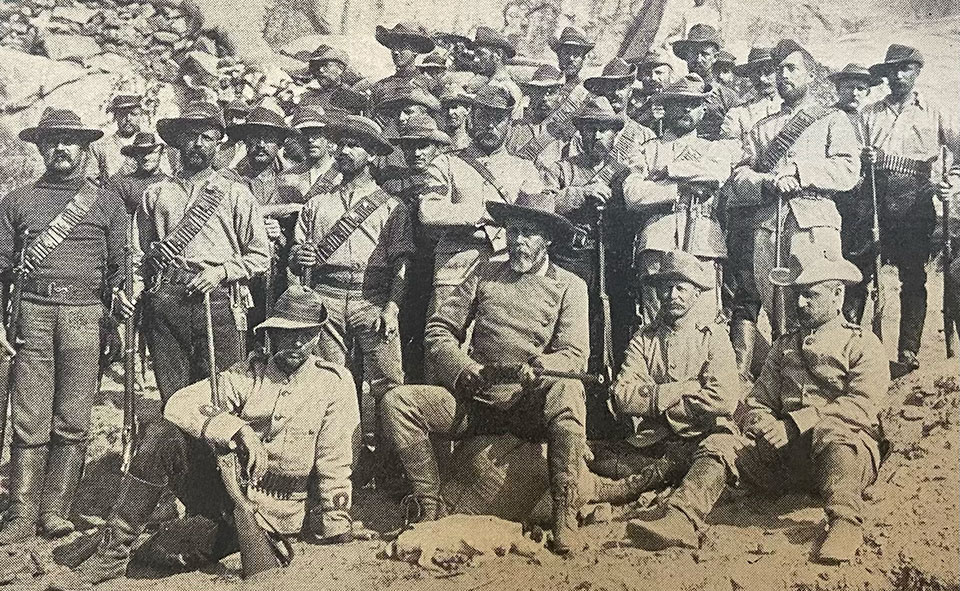
This, the last rifle that Selous ordered, before losing his life while fighting the Germans during the First World War, is a .425 WR Mauser action, take-down, magazine rifle.

It remains in very good condition and its acquisition by a collector is bitter-sweet. It appeared for sale at a show in America some years ago. It was shown to then Managing Director Simon Clode, who appraised it as a good example of a plain quality .425, worth the asking price but of no interest to the company.
It was purchased by a collector, who is a friend of the company, for a modest sum and taken home.

Some time later, the new owner noticed the Selous rifle entry in the Westley Richards book 'In Pursuit of the best Gun' and asked Westley Richards to check the rifle in the order books and provide some confirmation of provenance. Mr Clode was not best pleased when he found it was indeed made for F.C Selous and was worth many multiples of the purchase price as a result.
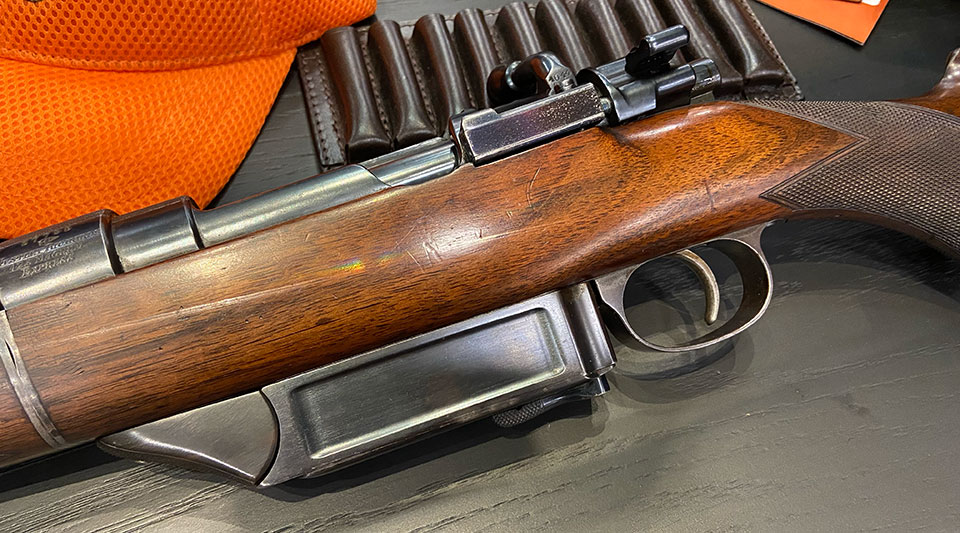
The rifle is a take-down version of the famous Westley Richards .425NE, designed to provide a magazine rifle that delivered equivalent results to the .450NE so well liked by users of double rifles.
The .425 WR can legitimately be described as the first short magnum. It first drew a bead on live quarry in 1909 and soon became a favourite of game wardens and hunters. Not only powerful enough for all dangerous game, it was cheaper than a double rifle by about 50% and could be made on a standard (rather than a Magnum) Mauser action and speed-loaded by means of a stripper-clip. The large box magazine took five cartridges, plus one chambered.

The model Selous ordered appears to be a 'White Hunter' model. These are made without the spring-loaded guides that more expensive models have. They ensure proper feeding of the straight-walled cases and without them, cycling issues can occur in worn rifles. Selous order was taken on October 20th 1911, which specifies No. 37798 as 'a .425 Mauser Action WR Mag. Rifle.' The sights were tipped with rhino tooth from beasts he had shot. It cost £27.2s. 0d.
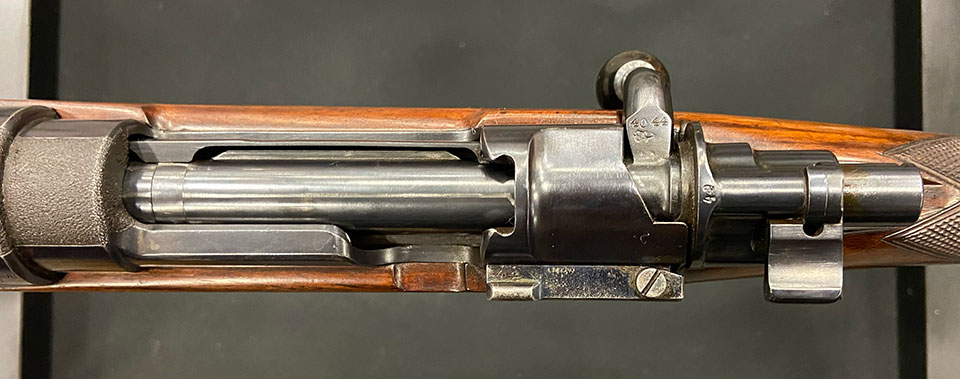
Frederick Courteney Selous was born in 1851 and started African hunting early in life. At the age of just nineteen he was already hunting elephants for their ivory in Matebeleland, where he used a large bore muzzle-loader to engage his quarry. He went on to hunt extensively in Africa and published his exploits in books like 'Sunshine and Storm in Rhodesia'.
He variously used Farquharson rifles by George Gibbs of Bristol, as well as two Holland & Woodward patent rifles for medium game. He ordered a .470 double from Gibbs, according to Mark Crudgington but never collected it.
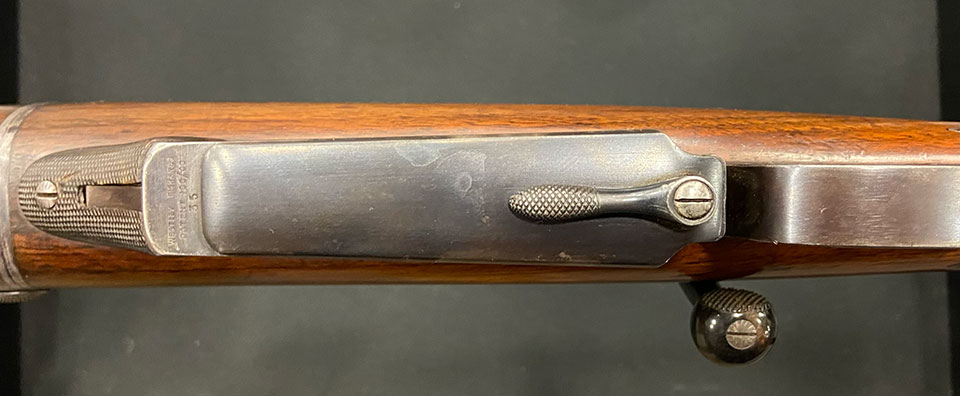
He provided London's Natural History Museum with taxidermied examples of many exotic animals and is celebrated with a bust in bronze on the main staircase there.
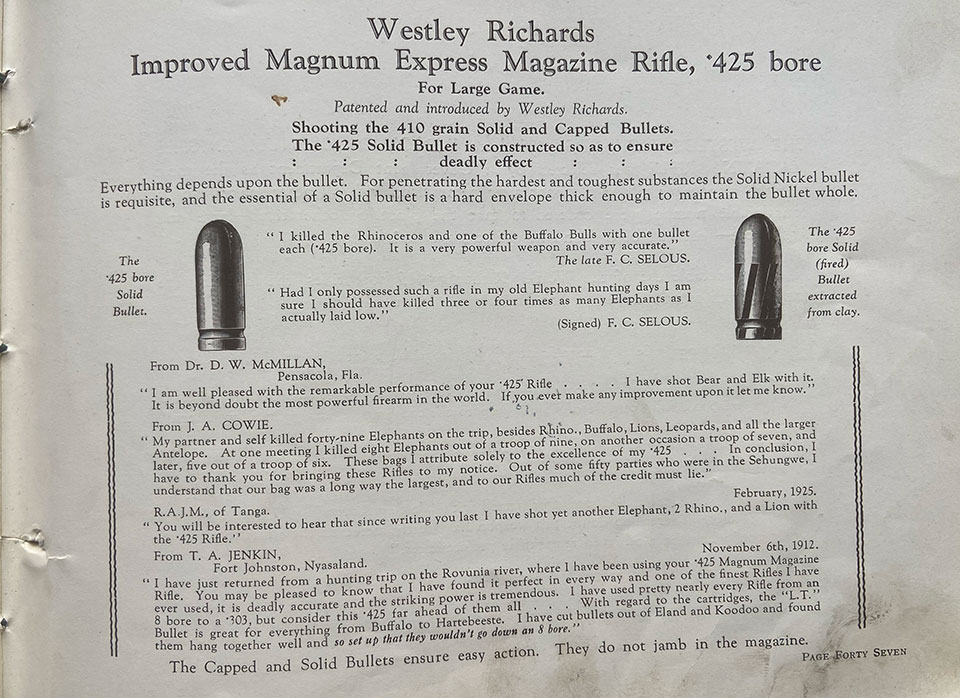
He met and hunted with President Theodore Roosevelt during his 1909-1910 safari collecting specimens for the Smithsonian and the two became keen collaborators in their shared interests of hunting and conservation. Both realised that the seemingly endless spaces and the vast quantities of African game would, in fact, quickly be exhausted if some action were not taken.
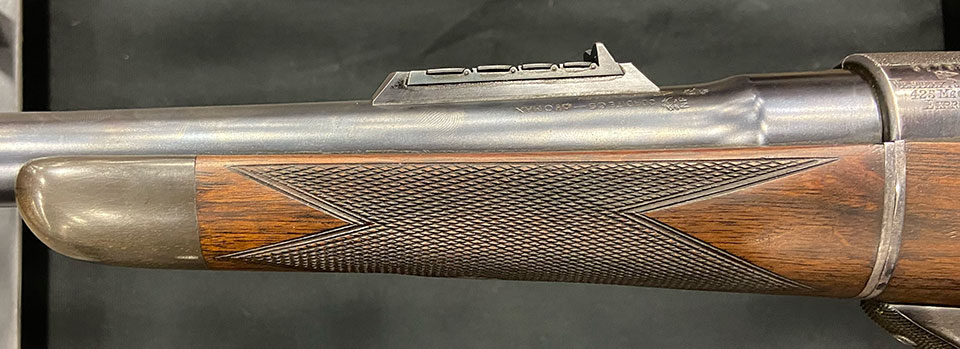
On the outbreak of the Great War, in 1914, Selous joined the 25th Royal Fusiliers as a Captain and was awarded a DSO for his conduct in action. He was killed in 1917 by a German sniper while positioning himself to observe the enemy through his binoculars, during an action against a far superior force. He was buried under a tamarind tree in Tanzania, and lies in what is now the Selous Game Reserve.
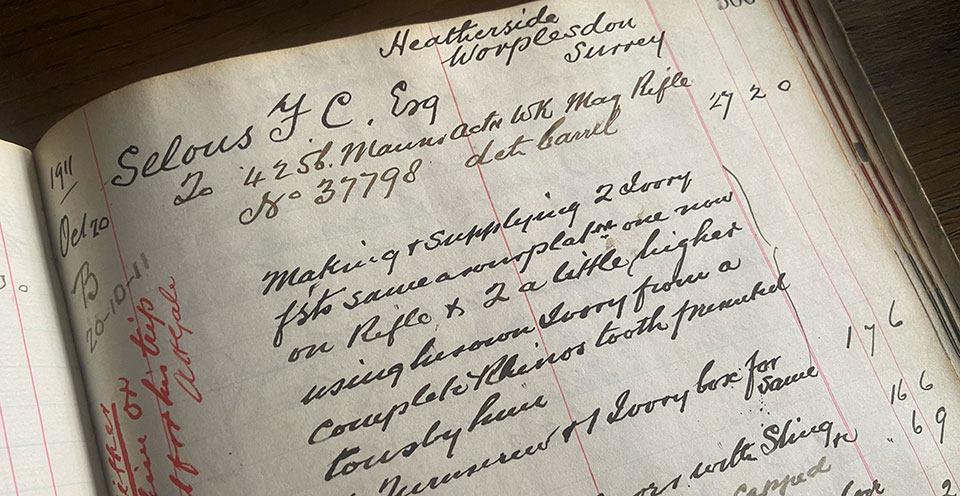
Having started his career with a muzzle-loader and ended it with a modern magazine rifle illustrates Selous' life as a man of adventure in a remarkable age, one which began with European exploration of the vast African continent, then its settlement and finally, the realisation that it had to be conserved, not merely exploited.
His life lives on in his books and his recounted deeds. as well as in artefacts from his remarkable lifetime.
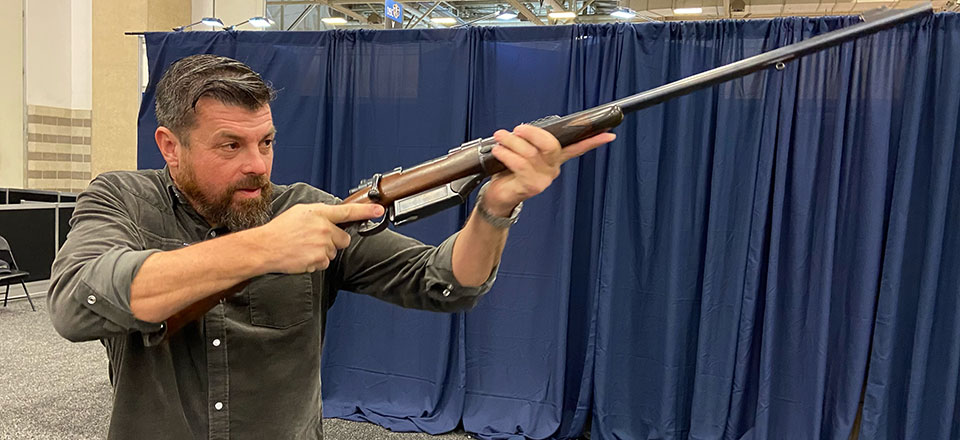
Published by Vintage Guns Ltd on (modified )




